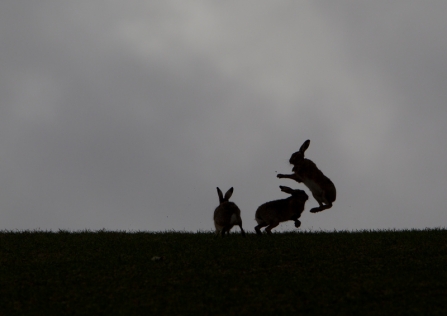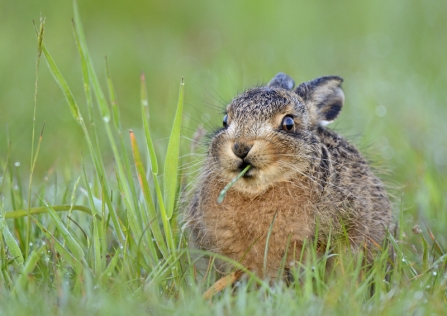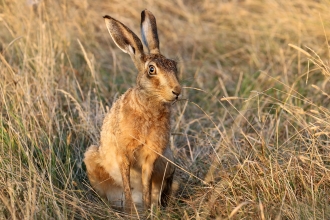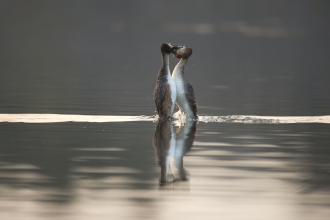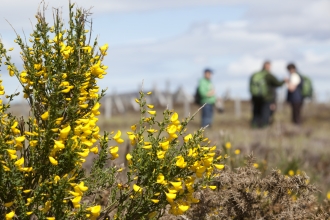Why do hares box?
It is all to do with mating. There can be some confusion about whether boxing hares are male or female, and the answer is both: an amorous male (or buck) and a fed-up female (or doe).
A surge of testosterone pushes bucks to turn up their engines throughout March and April. They chase their chosen doe across fields at full-pelt in an effort to mate with her. Understandably, this can all get a bit tiresome for the poor does, which is when they initiate the boxing match, whipping around and using flailing feet to fend off any buck pushing his luck. It’s not unusual to see fur flying!
This fast and furious display is thought to have sparked the phrase, ‘Mad as a March hare’.
At full pelt, brown hares can reach speeds of up to 40mph


